CCNP – Implementing Cisco IP Routing (ROUTE)
The CCNP Routing & Switching course provides full coverage of the knowledge and skills required to implement, plan, troubleshoot and verify local and wide-area enterprise networks and work on advanced security, voice, wireless and video solutions. This new course provides you the needed training for advanced IP addressing and routing in implementing scalable and highly secure Cisco routers that are connected to LANs, WANs, and IPv6 as well as the configuration of highly secure routing solutions to support branch offices and mobile workers.
Device Compatibility: Desktop/Laptop Computer, Tablet, Smartphone
Approximate Duration: 7.3 Hours
Editor: CAREER CAMPS
Language: English
Training Type: Interactive
39.99$ Original price was: 39.99$.19.99$Current price is: 19.99$.
SKU: ELCROU300101
Categories: Technical Courses, CISCO, Desktop and IT
Introduction
1.0 Differentiating Routing Protocols
1.1 Introduction
1.2 Enterprise Network Infrastructure
1.3 IGP vs EGP and Type of Routing Protocols
1.4 Route Summarization and Routing Protocol Scalability
2.0 Understanding Network Technologies
2.1 Introduction
2.2 Traffic Types
2.3 IPv6 Address Types
2.4 Network Types
2.5 Routing Over The Internet
3.0 Connecting Remote Locations With The Headquarters
3.1 Introduction
3.2 Connectivity Overview
3.3 Routing Over A GRE Tunnel and Dynamic Multipoint VPN
3.4 Next Hop Resolution Protocol
4.0 Implementing RIPing
4.1 Introduction
4.2 RIP Overview
4.3 RIP Configuration Steps
4.4 Investigating The RIPing Database
4.5 Demo – Configure RIPing
5.0 Establishing EIGRP Neighbors
5.1 Introduction
5.2 EIGRP Features and Basic Configuration
5.3 Manipulating EIGRP Timers
5.4 Establishing EIGRP Over Different Layer MPLS VPNs
5.5 Demo – Configure EIGRP For IPv4
6.0 Building The EIGRP Topology Table
6.1 Introduction
6.2 Choosing The Best Path
6.3 EIGRP Exchange Of Routing Knowledge and EIGRP Metric
6.4 The Feasibility Condition
7.0 Optimizing EIGRP Behavior
7.1 Introduction
7.2 EIGRP Queries and Stub Routers
7.3 Stuck In Active
7.4 Reducing Query Scope By Using Summary Routes
7.5 Determining A Manual Summary Route
7.6 Load Balancing With EIGRP
7.7 Demo – Using Tools To Reduce The Size Of A Routing Table
8.0 Configuring EIGRP For IPv6
8.1 Introduction
8.2 EIGRP For IPv6 Overview
8.3 EIGRP For IPv6 Configuration
8.4 Determining An IPv6 Manual Summary Route
9.0 Named EIGRP Configuration
9.1 Introduction
9.2 Introduction To Named EIGRP Configuration
9.3 Configuration
9.4 Named EIGRP Configuration Modes
10. Establishing OSPF Neighbor Relationships
10.1 Introduction
10.2 OSPF Features
10.3 Basic OSPF Configuration
10.4 Importance Of MTU
10.5 OSPF Neighbor States
10.6 Demo – Configure OSPF
11.0 Building The Link State Database
11.0 Introduction
11.1 OSPF LSA Types
11.2 Viewing Various LSA Types
11.3 Exchanging And Synchronizing LSDBs
11.4 Default OSPF Costs
12.0 Optimizing OSPF Behavior
12.1 Introduction
12.2 Benefits Of Route Summarization
12.3 Configuring Summarization
12.4 Ways Of Directing Traffic To The Internet
12.5 Default-Information Originate Command
12.6 Demo – OSPF Stub Features
13.0 Configuring OSPFv3
13.1 Introduction
13.2 Implementing OSPFv3
13.3 LSAs
13.4 Creating Totally Stubby Areas and Summarizing Routes
13.5 Demo – Configure OSPFv3
14.0 Implementing Basic Routing Protocol Redistribution
14.1 Introduction
14.2 Defining Route Redistribution
14.3 Default Metrics For Redistributed Routes
14.4 Calculating Cost For OSPF E1 And E2 Routes
14.5 Types Of Redistribution
14.6 Demo – Configure Redistribution Between OSPF And EIRGP
15.0 Manipulating Redistribution Using Route Filtering
15.1 Introduction
15.2 The Need For Redistribution Manipulation
15.3 Prefix Lists
15.4 Introducing Route Maps
15.5 Configuring Route Maps
15.6 Changing Administrative Distance
16.0 Using Cisco Express Forwarding Switching
16.1 Introduction
16.2 Control Plane And Data Plane
16.3 Cisco Switching Mechanisms
17.0 Implementing Path Control
17.1 Introduction
17.2 Need For Path Control
17.3 Policy Based Routing
17.4 Need For Dynamic Path Control
18.0 Planning Enterprise Internet Connectivity
18.1 Introduction
18.2 Enterprise Connectivity Needs
18.3 Public IP Address Assignments
18.4 Provider Independent IP Addressing
19.0 Establishing Single Homed IPv4 Internet Connectivity
19.1 Introduction
19.2 Configuring A Provider Assigned IPv4 Address
19.3 NAT Overview
19.4 Configuring NAT
19.5 Limitations Of NAT
19.6 Demo – Configuring Dynamic NAT
20.0 Establishing Single Homed IPv6 Internet Connectivity
20.1 Introduction
20.2 Configuring A Provider Assigned IPv6 Address
20.3 Configuring IPv6 ACLs
20.4 Securing IPv6 Internet Connectivity
21.0 Improving Resilience Of Internet Connectivity
21.1 Introduction
21.2 Single and Dual-Homed Internet Connectivity
21.3 Multi-Homed Internet Connectivity
22.0 Considering The Advantages Of Using BGP
22.1 Introduction
22.2 Routing Between Autonomous Systems
22.3 BGP Routing Policies
22.4 BGP Data Structures and Message Types
23.0 Implementing Basic BGP Operations
23.1 Introduction
23.2 BGP Neighbor Relationships
23.3 Configuring BGP Neighbors
23.4 IGBP Next Hop Behavior and BGP States
23.5 BGP Session Resilience
23.6EBGP Multihop And Clearing BGP Sessions
23.7 Demo – Configuring BGP
24.0 Using BGP Attributes And The Path Selection Process
24.1 Introduction
24.2 BGP Path Selection
24.3 Weight Attribute
24.4 Local Preference Attribute
24.5 AS Path And MED Attributes
25.0 Controlling BGP Routing Updates
25.1 Introduction
25.2 Filtering Of BGP Routing Updates
25.3 Implementing AS Path Lists
25.4 Using Route Maps To Manipulate BGP Updates
25.5 Clearing The BGP Session
25.6 BGP Peer Groups
26.0 BGP For IPv6 Internet Connectivity
26.1 Introduction
26.2 MP-BGP Support For IPv6
26.3 Exchanging IPv6 Routes Over An IPv6 Session
26.4 IP BGP Filtering Mechanisms
27.0 Securing Cisco Routers
27.1 Introduction
27.2 Securing Cisco Routers Checklist and Security Policy
27.3 Encrypted Passwords and SSH Instead Of Telnet
27.4 Securing Access To The Infrastructure Using Router ACLs
27.5 Secure SNMP
27.6 Configuration Backups And Implement Logging
28.0 Describing Routing Protocol Authentication Options
28.1 Introduction
28.2 The Purpose Of Routing Protocol Authentication
28.3 Plaintext And Hashing Authentication Process
28.4 Time-Based Key Chains
29.0 Configuring EIGRP Authentication
29.1 Introduction
29.2 EIGRP Authentication Configuration Checklist
29.3 EIGRP For IPv6 Authentication Configuration And Verification
29.4 Demo – Configuring Authentication For OSPF Using MD5 Authentication
30.0 Configuring OSPF Authentication
30.1 Introduction
30.2 OSPF Authentication Configuration Checklist
30.3 Configuring OSPFv2 Plaintext Authentication
30.4 Configuring OSPFv2 MD5 Authentication
30.5 OSPFv3 Authentication And Encryption
30.6 Demo – Configure Authentication For OSPF Using Plaintext Authentication
31.0 Configuring BGP Authentication
31.1 Introduction
31.2 BGP Authentication Configuration Checklist
31.3 BGP For IPv6 Authentication Configuration
| Access to Training | |
|---|---|
| Device Compatibility | Desktop/Laptop Computer, Tablet, Smartphone |
| Approximate Duration | |
| Editor | CAREER CAMPS |
| Language | |
| Training Type | Interactive |
Only logged in customers who have purchased this product may leave a review.
Related products
Sale!
Desktop and IT
Sale!
Desktop and IT
Sale!
Desktop and IT
Sale!
Desktop and IT
Sale!
Desktop and IT
Sale!
Desktop and IT
Sale!
Desktop and IT
Sale!
Desktop and IT

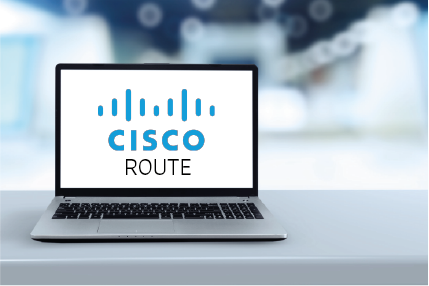
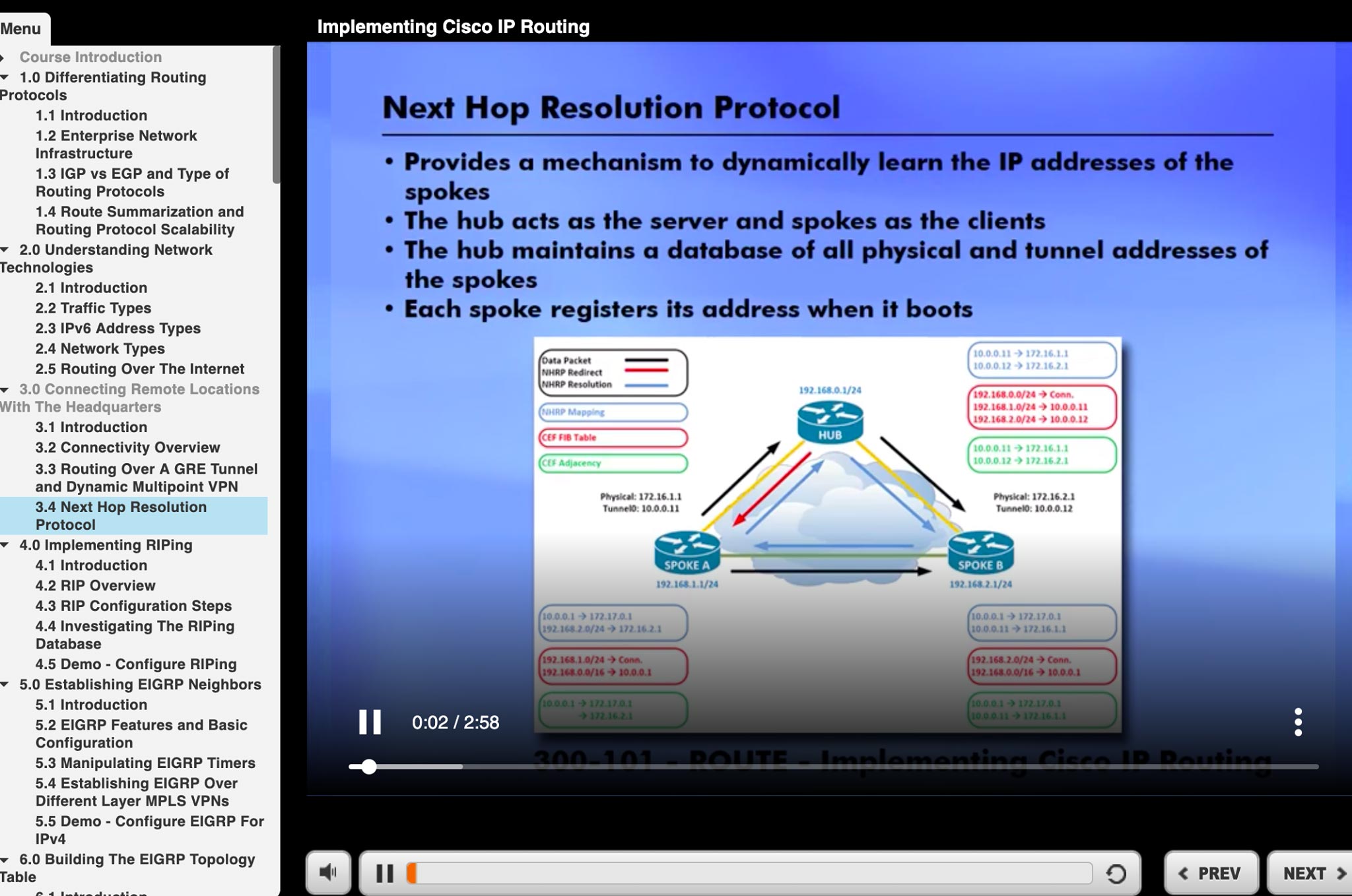

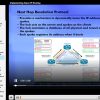



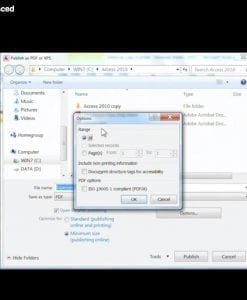

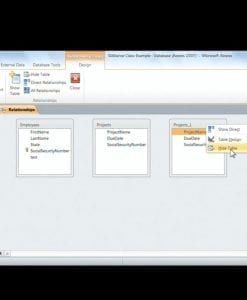

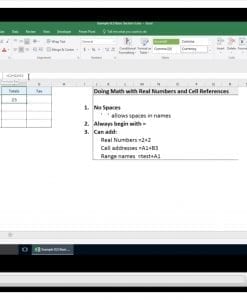


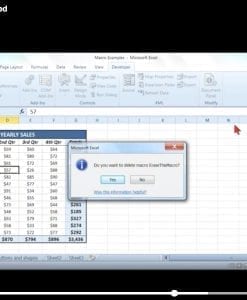

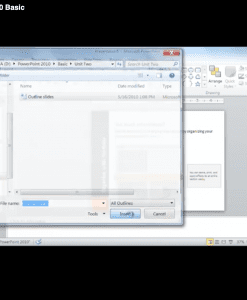



Reviews
There are no reviews yet.